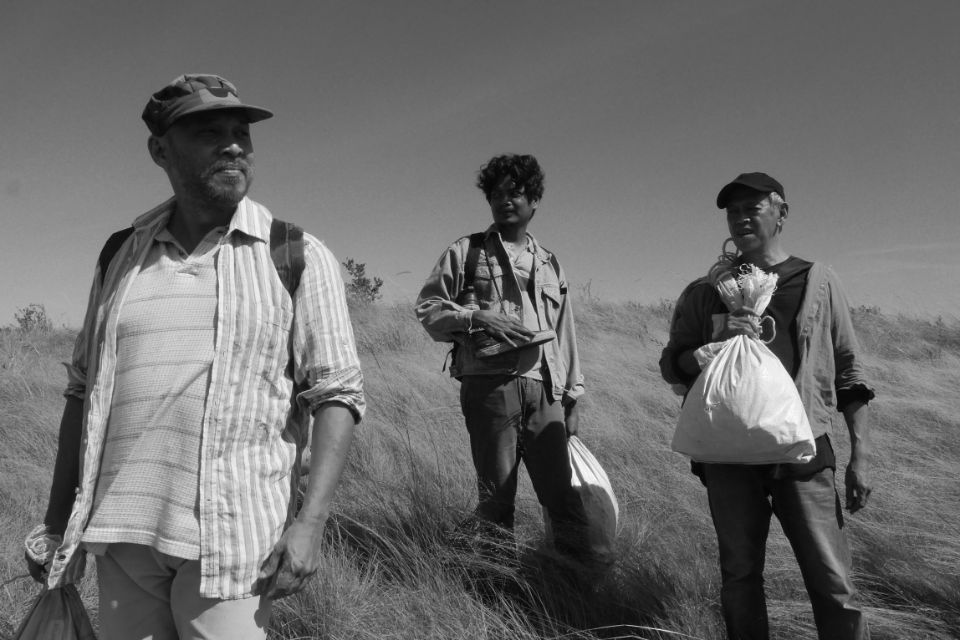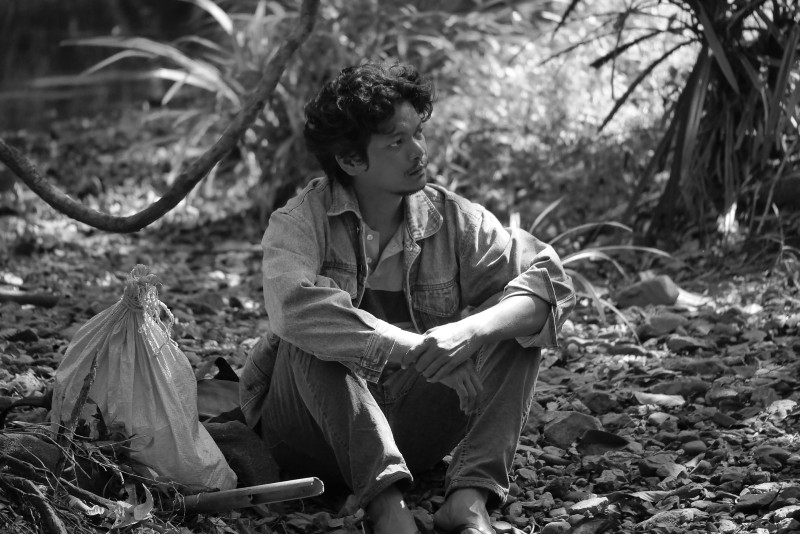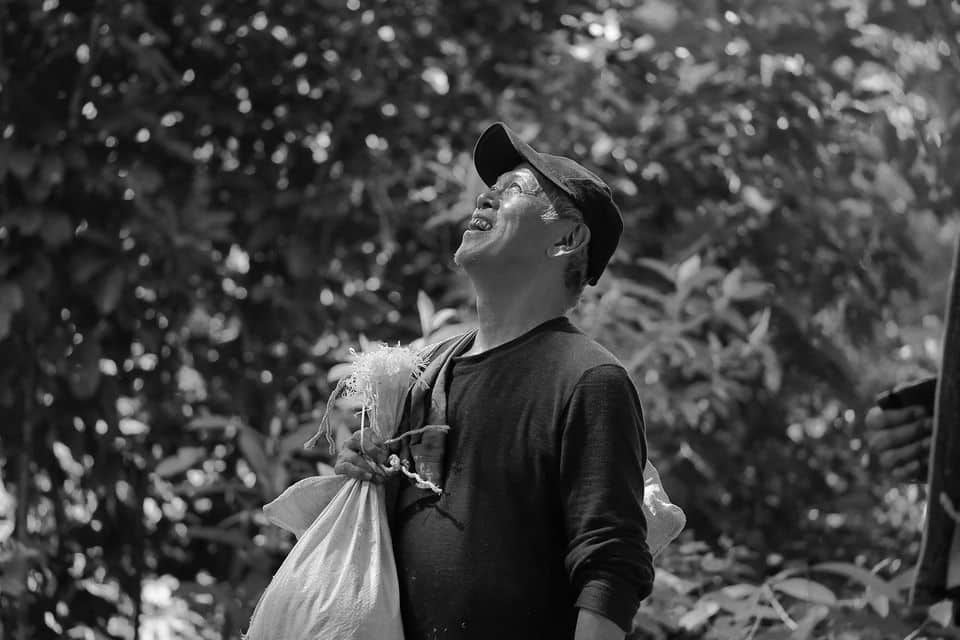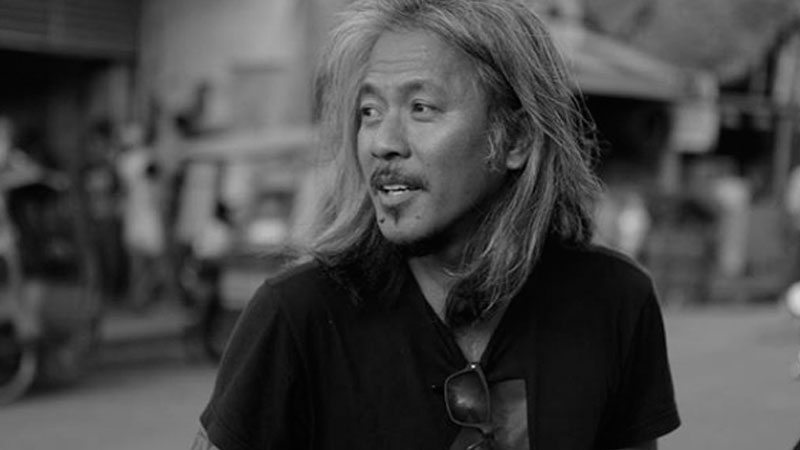Lengths
One intriguing entry into the Venice competition program this year is Lahi, Hayop (Genus, Pan) by Lavrente Indico Diaz (better known as Lav Diaz). Those already familiar with the work of the Filipino director will know he is synonymous with slow contemplative cinema. His earlier films Evolution of a Filipino Family (2004) is ten hours long, one of the longest cinematic narrative films of all time. While some of his more recent prize-winning films, A Lullaby to the Sorrowful Mystery (2016), feature high on the longest ever films list. The director, a former film critic, drew from influences of work by the proponents of art cinema as Michangelo Antonioni and Robert Bresson.

Lav Diaz is also no stranger to the Venice Film Festival. His 2016 filmThe Woman Who Left won the Golden Lion. Lahi, Hayop, for the director comparatively modest in length at just over two and a half hours, still contains his trademark allegories of human greed and brutality, shot in monochrome with long takes. Dismayed by the working conditions at a gold mine, three workers journey to their home village on foot through the isolated wilderness of the mythical island Hugaw.
The weariness creates a hallucinatory effect for the three main protagonists; two mature men and a younger more capricious colleague. From here, with money, envy, and narcissism as the central themes, their relationship and events become more unpredictable and dramatic. As the recent back story unfolds, with scenes of contemporary Filipino society set against notions of the long-term effects of Japanese and American occupation.
Still Developing
Drawing allusions to the formal elements of Bertholt Brecht in its steady rhythm. Lahi, Hayop consistently uses the static camera, and almost always films at the same distance. With virtually no reference to the present, the film could be set at any time in the last 50 years. Given weight by the fact, when speaking of the film, the director’s inspiration came from a question asking him to define the human species. His urgent reply: “Despite being the better developed species, most of us still retain the demeanor and comportment of the chimpanzee or the genus Pan”. Transposed to capitalist society, the film depicts the destructive effects of the human animal, not least through greed. However, the director also finds optimism because the human brain contintues to develop. Diaz believes we will eventually become a self-actualized species, following the examples of Buddha or Gandhi.
Lahi, Hayop has been playing in the final three days of the Venice program. It was in contention for the Main Competition (Orizzonti) prize.
~ Steven Yates contributes to Black and Paper


